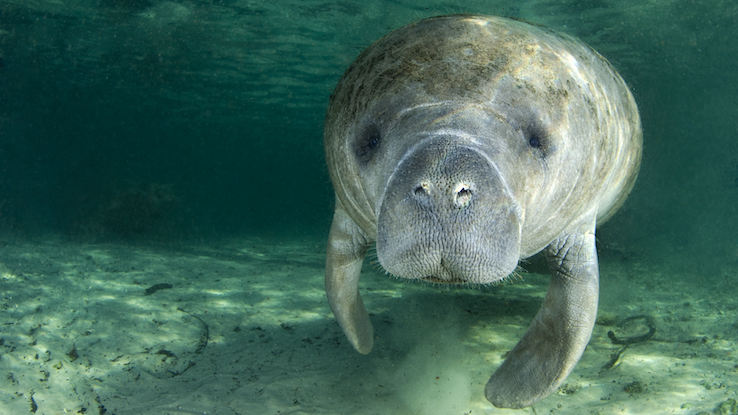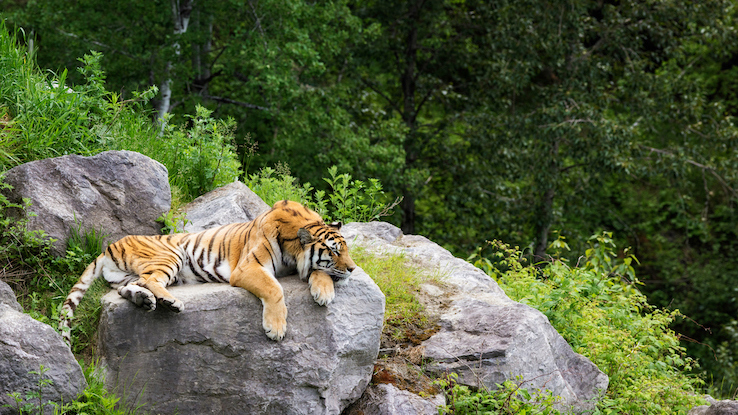Understanding the Endangered Species Act

The Endangered Species Act (ESA) stands as the cornerstone of wildlife protection in the United States, safeguarding our planet’s most vulnerable animal and plant species. Established in 1973, this vital legislation is dedicated to those species teetering on the brink of extinction. It plays a crucial role in conservation efforts by empowering individuals and organizations to advocate for the inclusion of at-risk species on the endangered list, ensuring that we take action before it’s too late.
The Endangered Species Preservation Act
The Endangered Species Preservation Act was the predecessor to the modern Endangered Species Act. It was enacted in 1966. The act empowered the United States Secretary to pilot and run conservation programs for indigenous species on the brink of extinction.
The Endangered Species Preservation Act was the government’s response to the declining numbers of the whooping crane, a bird species indigenous to North America. Two years later, in 1968, the government increased conservation efforts for America’s indigenous species and bought 2,300 acres in Florida. This enhanced protection for the National Key Deer through the National Key Deer Refuge. The government first established the refuge in 1957.
The U.S. was on the right step in protecting its animals and plants, then saw the need to expand the law to cover international species. It all started in the 1960s with a recording of the sound made by humpback whales. Their numbers were also dwindling, so much so that the International Whaling Commission temporarily stopped whale hunting. This meant that the ban would be lifted once the whale population stabilized. Conservationists were also watching, and the United States also had to act.

The Endangered Species Preservation Act of 1966, therefore, evolved into the Endangered Species Conservation Act in 1969. The U.S. could now add international species to its endangered species list and ban imports of products made from those species.
Which Practice Is Illegal Under the Endangered Species Act?
The Endangered Species Act of 1973 differentiated between endangered and threatened species. Threatened species are those that are likely to become endangered in the foreseeable future, throughout their whole range or a substantial portion of it.
The Endangered Species Act of 1973 had a list of illegal activities. In general, the law forbade killing, harming or taking any species on the endangered species list. With time, there have been several amendments, making certain practices illegal.
It is illegal to:
- Destroy land that is designated as critical habitat. Critical habitat is any land that’s currently occupied by an endangered species. Land that is important for the species’ current and future existence is also deemed a critical habitat.
- Discharge a firearm 100 yards or less from a sea lion.
- Fish in a buffer area.
- Import, export, sell, own or transport any threatened or illegal species. For example, killing an endangered species attracts a fine of $3,500 for the first violation and $13,000 for the third violation.
- Interfere with an investigation or arrest regarding endangered species violation. It’s also illegal to resist arrest.
- Refuse inspection, boarding and entry to an area of custody by government officials. This attracts a fine of $1,500 minimum.
- Violate Convention on International Trade in Endangered Species of Wild Fauna and Flora (CITES) regulations when trading with endangered wildlife.
Endangered Species Act Amendments
Getting to an extensive list of illegal activities under the Endangered Species Act is a result of serious lobbying, court cases and extensive research into industry practices.

For instance, five years after the enactment of the ESA, the famous Tellico Dam construction court case tested the law. The ESA required that the construction be halted to save the endangered snail darter. The project’s proponents opposed the law, citing that they had spent $78 million and counting.
Construction was temporarily halted, and Congress was forced to amend the ESA to exempt Tellico Dam from the ESA. This is how the Endangered Species Act Committee was created. It makes exemptions to the ESA on a need basis. Consequently, the endangered snail darter was relocated.
The ESA was then amended in 1982. A loophole within the law allowed an unintentional incentive for private property owners to harm endangered species, as seen in the Veterans Administration case. A construction company couldn’t secure a loan from the Veterans Administration because the property had the endangered San Diego mesa mint.
At the time, it wasn’t illegal for private property owners, under ESA rules, to destroy listed endangered plants. So, the construction company bulldozed the mesa mint and secured the loan. Consequently, the ESA was amended to allow private developers to formulate habitat-conservation plans.
By 1994, the government was facing criticism for the 1982 amendment. It seemed as though it was legal to harm critical habitats. So, several policies were enforced. The “no surprises” policy was one of them. It protects participants of the habitat conservation plan from restriction even when populations of the species in question dwindle.
A 1998 amendment further states that participants of the habitat conservation plan won’t be required by the government to offer more resources, including land and water, for the protection of the species in question.
The ESA was last amended in 2020 to keep up with global conservation issues and to fine-tune the issues surrounding land owners of critical habitats.
Why Is the Endangered Species Act Important for Humans?
Conservation experts have sounded the alarm. It’s official. We are on the sixth mass extinction. This is the first mass extinction caused by human activities. Unsustainable food production, clearing of land for agricultural purposes and unsustainable water consumption are to blame.
The struggle to feed the growing global human population has led to deforestation, the drying of water sources, and greenhouse gas emissions. The effects of climate change are felt through extreme weather conditions such as prolonged droughts and floods, lack of water, and loss of biodiversity.The Endangered Species Act is important to humans because it forces sustainable resource-use practices. Critical habitats are protected, having a ripple effect on human well-being. For example, the national forest land is home to 425 species listed in the ESA. This prevents the clearing of forest land, preventing deforestation that would lead to further global warming.





